It's hard work to write an entire book. However, you can make your writing process a lot easier if you commit to writing a book outline before you tackle the actual writing.
But what if you're resistant to writing a book outline? Maybe you're afraid that you'll dread each writing session if planning becomes a dominant part of the process.
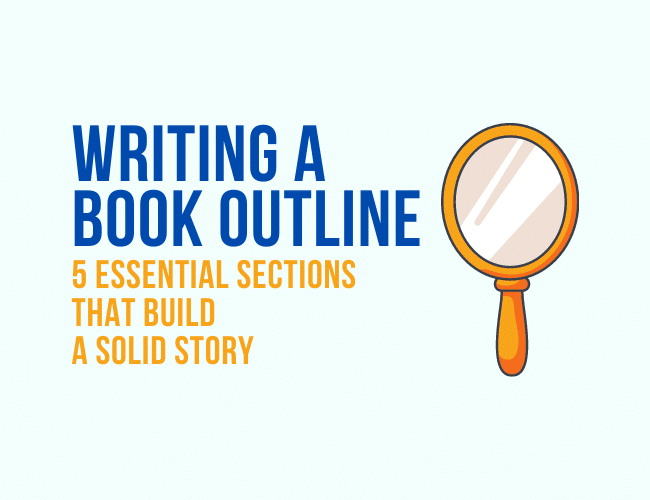
There are a lot of writing tips online instructing you on how to build the best outline for your book idea, whether or not it's your first time or thousandth.
Some of this advice will suggest that you need a heavy outline that works as a steady roadmap for your story's plot. Other times, you might look for a lighter approach to building a book plan.
No matter what type of outliner you are, writing a book or story outline using any approach will help you write a stronger storyline for your first book (and future ones). To start, it's important that you consider five essential sections when building a solid writing plan.
This article is an excerpt from my new book The Write Fast System. Pick up a copy today and finish your book in record time!
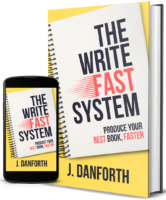 Want to finish your best book faster? Get our new book, The Write Fast System, today (on sale for a limited time)!
Want to finish your best book faster? Get our new book, The Write Fast System, today (on sale for a limited time)!Get The Write Fast System – $2.99 »
A Story Without a Plan is Unstable
Now, you might fancy yourself a pantser and be proud of it. I get it. I was once a pantser, too. I came up with a lot of good stories this way, and I’m sure many pantsers have.
But pantsing has some drawbacks, which I slowly learned over the years.
The biggest of these was that despite having produced thousands of words for my stories, most of their structure was loose—and therefore unusable. Even if my basic idea was fantastic, without a solid structure, the ideas weren't coming together into a cohesive, finished book.
The stories I wrote often changed tracks half way through, and by the time it was finished, the ending didn’t quite fit the beginning. My cast of characters was poorly developed and once again, by the time the story ended, had turned into completely different people. The character arcs didn't build into a comprehensive story arc.
Not all of these stories were terrible, but they were a long way from bestsellers.
While I finished these stories, there was very little I could work with to make it better without doing a complete tear-down. So in the end, these stories sat in a pile, abandoned because not only did I not know how to fix them, I had forgotten what I was trying to accomplish with them in the first place.
To avoid these pitfalls, I turned my focus to trying a book outline. And in doing so, I discovered that planning is actually a malleable, flexible process. It makes use of both pantsing and plotting, and can be adapted and changed in every step of novel writing—once you figure out how to properly incorporate it into your writing process.
To start writing a book outline, take a look at the first and simplest step I took to book planning. For some people, this step is the only step they need before writing their first draft.
What is this step?
For me, it is writing my midpoint—or, the moment that bridges the first and second half of my plot.
Some people like to establish the dilemma or crisis first. Other writers love more comprehensive story structures or stages like the hero's journey. Some like the snowflake method. Some like tables and lists. Some like to have long brainstorming sessions and mind mapping.
But for me, starting in the middle revolutionized my book writing process and helped me write a much stronger first draft.
Start a Book Plan From the Middle
I borrowed this particular method from author James Scott Bell's book Write Your Novel From the Middle. This intuitive book essentially states that every novel has a midpoint where conflict changes the protagonist. (Note: no affiliate link here—I just found this book really helpful to my process.)
This moment, which he called the Mirror Moment, is when the main character takes a long, hard, and honest look at themselves. Doing this, they debate about who they really are, who they want to be, and where they want to go from here.
It doesn't have to happen exactly in the middle of the book. It could come a little earlier or a little later. Wherever it does happen, it is a crucial point that determine's the book's plot and character development.
Bell compares this to the midpoint of a suspension bridge—it holds up and supports both the beginning and the end because it establishes the character arc—the way your protagonist will change.
The midpoint is a moment of clarity for both the readers and the character and sets the tone for the rest of the story.
We will delve into the middle point of the story a little later in this post. For now, let's look at all of the sections you need in a book plan in order to build a strong idea for your book's plot.
5 Essential Sections in Every Book
In addition to building your story's bridge, or midpoint, you need to also create the chunks of your book that the bridge connects. In total, there are five essential sections you need in every book. Those are:
- Beginning
- Path I (the beginning to the midpoint)
- Midpoint
- Path II (midpoint to the end)
- Ending
Let’s pause for a moment here and note that there are a lot of different ways to approach fiction. There is no one correct answer. This method is the one that works for me and in general, it works for commercial fiction.
If you’re looking to write the next literary classic or something abstract and stylized, this is probably not the method for you. However, if you’re looking for something to help you write a structurally tight story that entertains the reader with a good pace, this is a method that could help you immensely.
I will briefly explain each section. And then, I will lay out an example of how I implemented this framework for the process of writing my own book.
Beginning: How to Start Strong
The beginning of a story is where your story starts.
It is more than the opening line, or when your main character enters the scene. It is the “how” and “why” of your story.
The goal of the beginning is to immediately let your readers know what this story will be about, or at least make them want to find out what it will be about.
You may have heard that you must grab the attention of your audience with the first page, or even the first sentence. While I don’t believe this is a hard and fast rule, it’s a good one to keep in mind.
The beginning of your story should accomplish the following:
- Introduce your main character
- Establish a time period and setting
- Introduce the main conflict
That last bit is the difficult part.
A lot of writers think that the start of the story is too early to introduce the main conflict driving the story, that you have to build up your characters, show their backstory, and slowly arrive at the point of conflict.
This is not true at all.
I read a useful tip once: start your story at the second chapter. In other words, start the story in the middle of things happening. Development is necessary, but it is best done alongside moving events rather than lengthy exposition.
A good rule of thumb is to think of the beginning of the story as the main character’s break from the norm. Here are a few examples:
- Friends starts the series with the arrival of Rachel, a new addition to the group
- Harry Potter starts with the Dursleys’ otherwise normal life being interrupted by signs of changes in the wizarding world and arrival of Harry on their doorstep
- The Hobbit begins with Bilbo meeting Gandalf, who quickly drags him away from his comfortable life and on a reluctant adventure
You may think that beginning with a conflict or triggering event leads you to neglect developing your character, but the fact is, how your character reacts to this upset in their life says a lot about them.
- Monica immediately showed her generosity by letting Rachel stay with her
- The Dursleys resent being involved with wizards, as is evident in their treatment of Harry
- Bilbo is not interested in adventures at all, something very obvious in his annoyance at the intrusion to his peaceful life
The best way to start your book plan is to plan a beginning that immediately pulls the readers into action. Once you do that, they will gladly stick around to learn more about your character.
Path I: Beginning to Midpoint
The first half of your book is a path that leads to the middle—the Mirror Moment—for your character.
The Mirror Moment is a moment of change in your main character, and the first half of the book should reflect who they are before that change, including the errors of judgement and mistakes they make before they get to that moment.
Just as you approach every scene in the first half of your book, ask yourself the following questions:
- Do my characters’ actions and decisions reflect who they are before they experience what they’re about to go through in this story?
- Does this scene explain why they are moving toward that inevitable change?
- What can I do to show that my character is learning, growing, and moving toward that change?
Midpoint: Your Story's Mirror Moment
Bell cites three examples of midpoints:
- In Casablanca, Ilsa comes to Rick to explain about why she left him. He’s drunk, and they have words, resulting in her crying and leaving. Rick shows his remorse and the rest of the movie is about what kind of man Rick will be.
- In Gone With the Wind, Scarlett wonders what will become of her and Tara. What must she do to save her way of life? She makes the decision right there that she will do whatever it takes and refuse to be a victim any longer.
- In The Hunger Games, Katniss is trapped in a tree by the Careers and accepts her inevitable death. She prepares herself for death, but then gets a chance to fight on.
The middle of the story is where your character realizes that something has changed inside. This could be caused by them reframing how they view their situation, or realizing the situation was never what they thought in the first place.
If you’re not sure how to approach this moment, imagine your character sitting in front of a mirror and asking themselves these questions:
- Who am I really?
- What is my role in this situation?
- How am I going to move forward differently than I have so far?
Path II: Midpoint to End
The second half of the book leads from the midpoint to the end of the book.
A major development to keep in mind is that your main character has changed. They are either no longer seeking the goal that they had at the beginning of the story (and now seek something new), or their perspective has changed on how they should be seeking that same goal.
It’s worth mentioning here that the “middle” of the book isn’t always one big, defining moment. It can be a process that occurs over a series of steps in the second half of the book.
As you work towards the end of the book, ask yourself the following questions:
- Do my characters’ actions and decisions reflect how their experiences have changed them?
- How has my character’s perspective of the world changed?
- What can I do to show that my character has changed and grown and is not who they started out as?
The End: Make It Satisfying
If you are writing commercial fiction, the ending should leave your reader satisfied.
This does not mean it has to be a happily ever after or a “good guys win all” kind of ending. A satisfying ending means an ending that makes sense in the context of the story, ties up loose ends, and gives a sense of finality.
It is the ending your story built towards.
Consider for a moment that your main character has been going on an arduous quest to save their love interest. They’ve endured dangers, solved puzzles, and learned lessons about themselves and have arrived at the end as they’ve defeated the final boss.
What are some satisfying ways this story could end? Here are a few options.
- The hero gets what they want and is reunited with their love interest. Happily ever after.
- The hero loses their love interest in the struggle, but the quest is over and though they mourn, they also reflect on what this experience has taught them. A sad ending.
- The hero is reunited with their love interest, only to discover their love interest is not who they initially thought. The hero looks back at all the clues that have been sprinkled along the way and realizes it should’ve made sense all along. A twist ending.
What about unsatisfying ways to end the story?
It’s worth repeating that a satisfying ending is an ending that makes sense. Let’s consider if this story ended in one of the following ways:
- The hero appears to be well on their way to triumph, when suddenly their love interest dies at the last moment. What is the purpose of this story, then? Readers don’t appreciate being led on and then left hanging for no reason.
- The hero wakes up and has been in a dream/coma all along. Don’t do this. People hate anything too easy or convenient. No one likes to be invested in a character and story only to find out it was all a sham.
- The hero finds out “the princess is in another castle.” This might work in a series, but it doesn't work as a standalone. Readers don't want to get to the end of the story only to find out it’s all been a set up for another story. You can write a story that leads into a series, however, something within the original story should still be resolved.
Look at Harry Potter as a standalone that built a series.
In book one, Harry discovered that Voldemort was still around, and while that opened a lot of new threads, he also finished his first year at school, made friends, and figured out a lot about the wizarding world—not to mention the Sorcerer's Stone.
Essentially, if you plan to leave your readers hanging on one thread, you should close out as many other open threads as possible.
Writing a Book Outline Case Study: Headspace
I'd like to show you how I used these five essential story section's to write the book plan for my science fiction release: Headspace.
I'm choosing my book as a case study because (1) I know my book better than anyone else’s book and (2) I went out of my way to implement this structure in the story.
And if you haven’t read it, don't worry, I’ll keep the spoilers to a minimum.
Headspace Beginning
Headspace begins with a simple fact: the orb has arrived.
This alone gives a sense of urgency—the norm on Earth has been shaken up, the populace must react. The first page makes a number of references to social media, which establishes the time as present day.
The main conflict is pretty obvious: aliens have arrived, and whatever they want may or may not be in the best interest of Earth. World-building begins here through the reaction of the people.
After this massive trigger, the main character appears—Astra, an average young woman.
She is on the phone with her friend and her personality is evident through her conversations. She isn’t interested in her orb or what it has to offer, she rather be home organizing her books than obsessing with whatever media hubbub is taking place, and she doesn’t even believe it’s aliens to begin with.
Her reaction to the triggering event in the first chapter sets her up right away as someone who values her privacy and rejects chaos and sensationalism.
Headspace Path I: Beginning to Midpoint
Astra spends the first half of the book hoping to return home—not just to her house, but to her “normal.”
Even after being drafted into the games and gaining infamy for her performance, she still holds onto the notion that all of this will somehow go away and she can get back to her regular life.
She is even initially hesitant to help other contestants, believing she’s not a “hero” who sticks her neck out for others. A romantic subplot also begins during this path.
As the story goes on, with every game she plays, she is further and further removed from the “normal” she seeks.
Headspace Midpoint
At a little past the midpoint, Astra begins to realize that the “normal” she craves may never happen again. The entire world knows her name, she may not survive the game of Headspace, and even if she does, she has bonded with someone who revealed that the universe is so much bigger than than she knew.
Astra's perspective changes both on her own life and the universe at large, and she must accept that her old life isn’t coming back. She needs to push on.
While there isn’t a major defining middle moment, Astra’s transformation is apparent roughly around fifty to seventy precent into the book. She stops craving her old normal and instead looks forward and accepts that her fate was uncertain and might result in death.
But even more so, Astra has made peace with that, having found a bigger purpose to play the game than just her own life.
She goes from being unwilling to lend a hand to anyone for fear of standing out to being willing to sacrific her life if it means others would live.
Headspace Path II: Midpoint to End
After her shift in mindset, Astra begins to play the game fearlessly, almost recklessly, resulting in some pretty spectacular but also quite dangerous performances.
It takes a toll on her body, but she doesn’t care. She also confronts the gossiping media head on and refuses to play the role of “saint savior” that is expected of her.
Her shift in attitude toward her circumstances is apparent in her actions—she behaves in a way that she would not have in the first half of the book, when she thought she still had a chance to recover her “normal.”
All of this leads to her ultimately winning the game and being crowned champion.
Headspace End
I used a twist ending.
Astra wins the game, but it's not what she thought it was.
After learning some rather strange and disturbing facts about the games, the world, and the universe at large, Astra returns home, where she is reunited with her house, her possessions, and someone special to her.
However, while these are all things she craved from the beginning, her perspective on it has changed. Though so many things in her little life still looked the same, she was now a different person.
Sitting in her house, knowing the “old normal” is gone forever, she contemplates how she will move on with life going forward.
Plan These Five Sections for Your Book
These five essential sections to writing a book outline are easy to apply and offer an incredibly useful “bird’s eye” view of your book. As a fiction writer, this makes your life much easier.
Even if you're a pantser, having a general idea of where your book starts, builds towards, bridge, and ends will structure a loose template that will resist plot holes, keep your plot focused and character development purposeful.
Planning a book will not only, keep your word count more appropriate for your book's genre and cut down your book writing time, but also give you motivation to write a first draft fast, and to the end.
It's worth trying to integrate a type of outline as a part of your creative process, especially when it streamlines both drafting and revision.
Why not give it shot?
Do you have a template for writing a book outline? What do you like to know before actually writing? Let us know in the comments.
PRACTICE
For today's exercise, spend fifteen minutes breaking down your book into these five essential sections.
Each part needs to be only a paragraph long and does not need to be in great detail. At best, focus on the “how” and “why” of each section.
Last, try to limit this book plan to no more than two pages. Knowing how the five essential sections construct your book's plot and structure works as a wonderful stepping stone to a longer book outline, if you want one. And if you don't, it will give you some great simple, big-picture direction on where your book needs to go.
If you are already a Write Practice Pro member, post your practice here in the Practice Workshop. Be sure to give feedback to a few other writers and encourage each other.
Not a Pro member yet? See how you can practice alongside a group of like-minded writers here as a Write Practice Pro monthly subscriber. We're all getting better daily together!
J. D. Edwin is a daydreamer and writer of fiction both long and short, usually in soft sci-fi or urban fantasy. Sign up for her newsletter for free articles on the writer life and updates on her novel, find her on Facebook and Twitter (@JDEdwinAuthor), or read one of her many short stories on Short Fiction Break literary magazine.
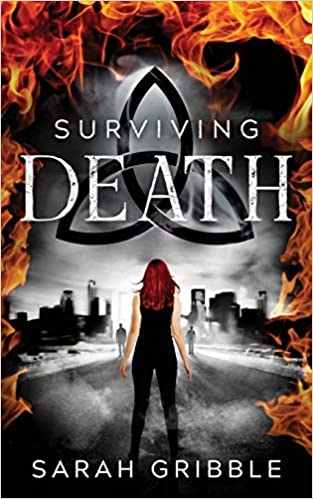
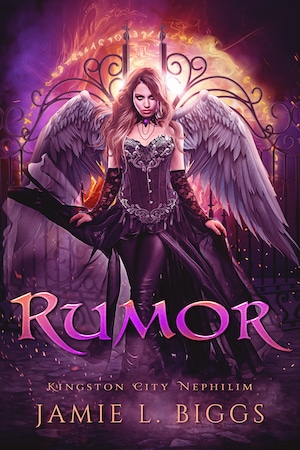
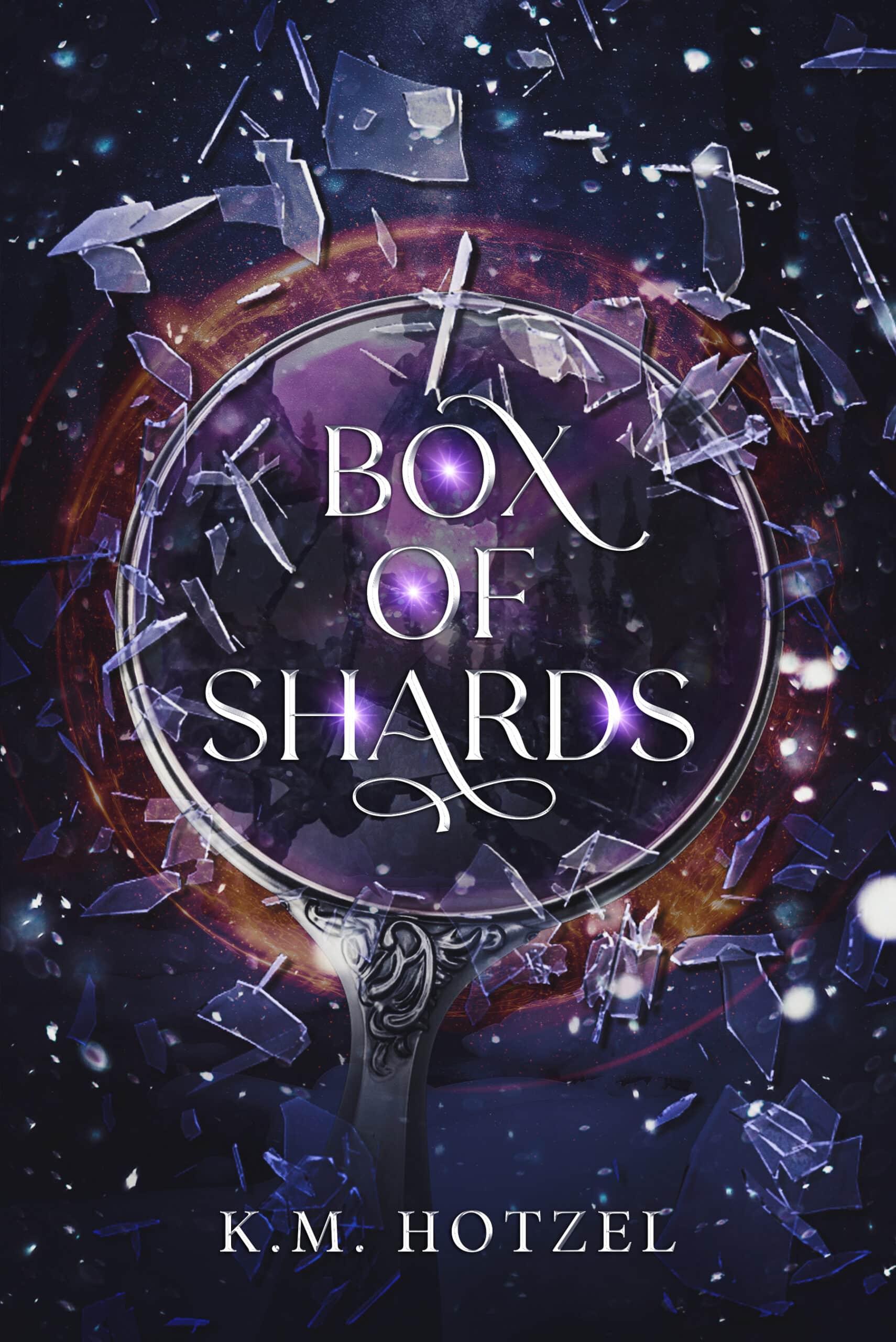
I use a different “plan,” but it follows what you’re saying. I like to go back and fit what I’ve written into these sections. It helps! Plus, it shows if I’m missing an integral part (like the mirror moment–aghhhh)! Thank you for this great post!